How to Sell Clothes Online on Shopify [2024]
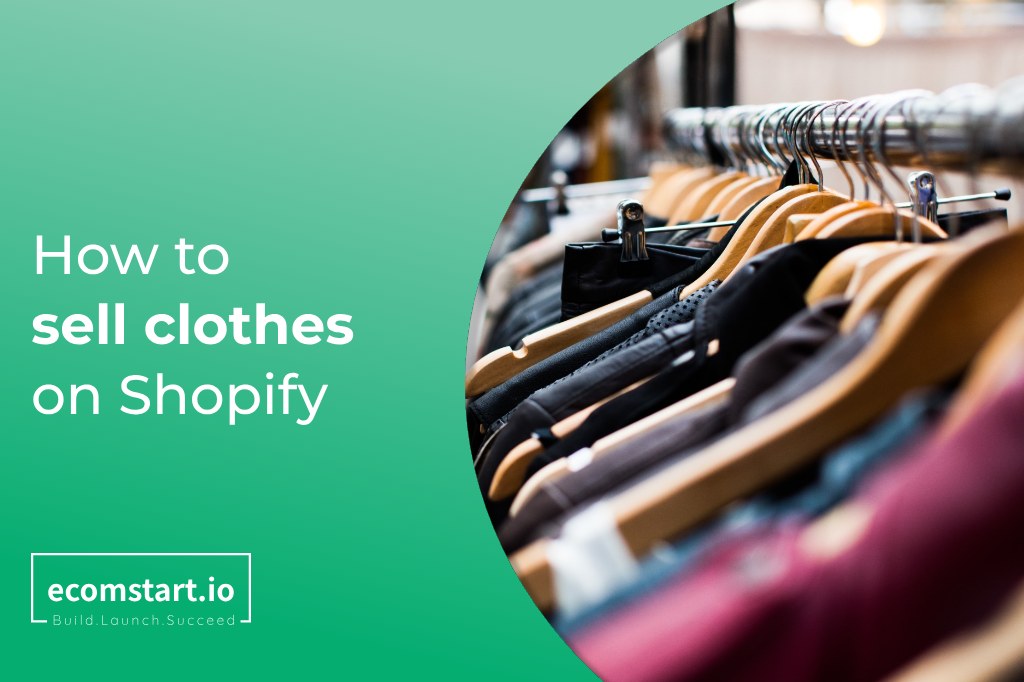
In the US eCommerce market, fashion is among the two most popular categories, which accounts for 21% between 2022 and 2023. According to Statista, it is forecast to reach $900 billion by 2024.
People are searching for clothes to stay on the trend and to look confident in this dynamic world. Thus, though it is very competitive, however, this industry is worth investing in due to its high demand. Once you can leverage available support tools, you may become a leader in this area.
One of the best places for building a standalone online store is Shopify. As of October 2023, there were 529,114 live Shopify stores in the Apparel category. And, if you are new to the game, this is a great platform to start since it has various features and integrations to suit all your needs.
To dive into the topic more insightfully, this article will guide you through how to sell clothes online on Shopify. From choosing a business model to setting up a store, marketing, and inventory management, you can discover them all here!
1. Why choose Shopify for your online boutiques?

Before starting an online clothing business on Shopify, it’s essential to understand what it is. To simplify, Shopify is a no-code solution for sellers to create and operate their online stores. With this platform, everyone can personalize the shop with unique styles and preferences. After fully setting up, just leave the business automatically functioning with Shopify since it can cover everything from inventory management, shipping, and marketing to payment.
Furthermore, Shopify also lets you sell products and services on omnichannel, such as web stores, social media, marketplaces, etc. The best part is that, with its automatic reports and analytics, you can track your sales and performance efficiently everywhere and anytime. As a result, when embarking on the journey of selling apparel online, do not overlook this valuable eCommerce platform.

2. 11 Simple steps to start selling clothes on Shopify
You may have a basic grasp of how Shopify works. Now, read on to discover the ultimate method on “how to sell clothes online on Shopify”!
Pro tips: To be the leading Shopify clothing store, you should do some research and planning before selling. Those will help you to keep up with the trend and reach the right customers.
2.1. Identify your business model
The first step to starting an online boutique is to make a strategic choice in your business model. To make the task easier, consider your product niche, budget, target audience, and available resources. Then, analyze these 6 main models below, each with distinct pros and cons, to decide on the one that best aligns with you.
Print On Demand (POD)
If you have a passion for design or a talented creative team who wants to make customized products, this is the most potential model for your business. With POD, all you need to do is create your designs, upload them to Shopify, and choose available items you want to sell. After that, your third-party suppliers will print and deliver the final products to customers. You may need to pay for the base product and printing service and then receive the profit once an order process is completed.
Pros:
- Low budget and minimal risk
- Have more time to focus on customer service and marketing
- No limit to your creativity
- Can raise customer loyalty over time
- Keep up with the trend
Cons:
- Low-profit margin
- High competitiveness
- Limited range of products
- Need time to find reliable shipping suppliers
Dropshipping
When compared to POD, dropshipping doesn’t require any creative expertise. Alternatively, this model allows you to trade stocks that you do not own on your channels. To accomplish this, you will partner with the wholesale suppliers and pay for the products that you will market. The key role when selling clothes on Shopify with this business model is negotiating with suppliers for the best price, masterminding the marketing game, and providing customers with top-notch service.
It is easy to start. However, the most challenging task when choosing dropshipping is to find reliable suppliers. Thus, you should research vendors who provide high-quality products, fast shipping, and good customer service. Therefore, it may take a lot of time and effort for the right decision.
Pros:
- Easy to start
- Low budget
- Wide range of products
- No need to worry about inventory and shipping
- Keeps up with the trend
Cons:
- Low-profit margin
- Low-quality control
- High competitiveness
- Low shipping time if suppliers are overseas
- Difficult in branding and having customer loyalty
Boutique
This business model, which is quite similar to the dropshipping method, is ideal for small and medium-scale businesses. What sets it apart is that a boutique model requires a keen eye for style since it often caters to a specific clientele that larger companies can not serve.
But how to successfully sell clothes online with this boutique model? To win this game, you should curate and sell a selected apparel collection or advice to best suit customers’ requirements.
Picture a shopper looking for a pink Zara shirt with her name delicately adorning the left collar. She visits your online store, messages you with the expectation, and then you offer her the exact item she wants. That’s how this model can bring fashion dreams to life with ease.
Pros:
- Uniqueness and exclusivity
- Can raise customer loyalty over time
- No limit to your creativity
- Flexibility
- May have a bold brand identity
- Low competitiveness
- Wide range of products
- Keeps up with the trend
Cons:
- High budget
- Require a keen eye for details and fashion
- Limit in inventory
Manufacturing
Contrary to those three business models above, manufacturing is the ideal choice for large-scale businesses with considerable resources. With this, you can control the whole process, costs, and all products. Thus, choose this model when your company can produce and market your own clothes to customers or even other businesses.
Pros:
- Have full control
- High-profit margin
- May have a bold brand identity
- Low competitiveness
- Can raise customer loyalty over time
Cons:
- High budget
- High risk in inventory
- Complex in operation
- Difficult to stay on trends
Make
This business model is perfect for those interested in cutting and sewing by hand. Compared to manufacturing, the make model suits small and medium-scale businesses. To start an online clothing business with this strategy, you should have a deep knowledge of fabric and style, as you will be in charge of design, colors, and materials. Since you have to cover almost every process, from sourcing cloth to creating ideas to carefully packing each creation, it may require a notable investment. However, if you embrace the make model and succeed, your business can be a bright star in the fashion galaxy.
Pros:
- High-quality control
- Flexibility
- High-profit margin
- Low competitiveness
- No limit to your creativity
- May have a bold brand identity
- Keeps up with the trend
Cons:
- High budget
- High risk in inventory
- Complex in operation
Second-hand or Vintage clothes
If you love the green environment and want to encourage sustainable shopping habits, this business model is an excellent choice. The second-hand or vintage clothes model allows you to sell apparel previously owned or worn by someone else. You may collect products from worldwide, remake them to be more impressive and trending, and then put them on the market.
This is a growing niche and is still expanding in the following years. However, it may cause a low-profit margin. In addition, it may take a lot of time and effort to curate items and build the trust of customers.
Now, if you’re wondering how to start a thrift store, the key to success lies in a profound understanding of fashion and effective marketing. When you can bring an insightful message to the target customer, you can win the market.
Pros:
- Uniqueness and exclusivity
- Low competitiveness
- Can raise customer loyalty over time
Cons:
- Low-profit margin
- Low-quality control
- High risk in inventory
- Low shipping time if suppliers are overseas
- Difficult in branding and having customer loyalty
2.2. Choose a Shopify plan
After identifying your ideal business model, it’s time to consider the ultimate cost of selling clothes on Shopify. Depending on your business scale, there are 3 favored plans on Shopify, which range from $19 per month to $299 per month. Or if you are a starter who just needs to sell clothes online on social media, there is also a plan for $5 per month. Over time, you can upgrade the plan to unlock more powerful features and integration.
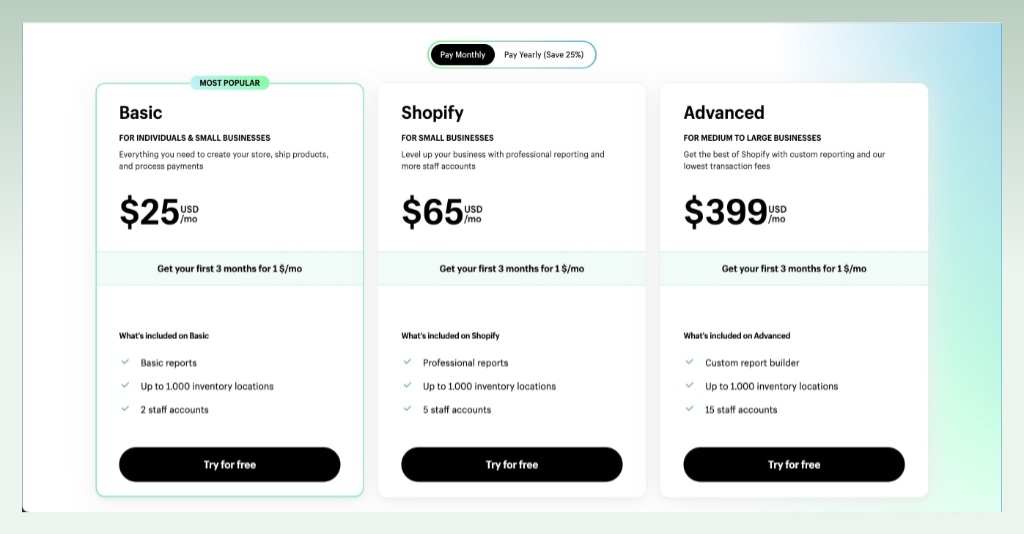
Pro tips: In case you are uncertain about which is the perfect choice for you, let’s try them for the free trial of 3 days. And then, enjoy the fee of $1 for the next 3 months.
2.3. Choose a name and create a logo
You may now have a thorough view of “How to sell clothes on Shopify?” at this stage. The next step is to build your brand identity. It’s a brainstorming task to decide on an outstanding logo and name. Just keep this idea in mind: the simpler they are, the more impressive they earn. Besides, be sure to select elements that can convey your style and message from the first glimpse. You can also take advantage of Shopify’s tools to streamline this process. Accordingly, in times of innovative drought, Shopify Logo Maker and Business Name Generator can help you get started.
2.4. Choose your theme and design your store
When you finish all the beginning steps above, you can immediately start building a web store. Shopify offers 164 no-code themes to personalize. In this phase, choose the one that aligns with your brand’s identity while supporting you to boost conversions. To achieve this, consider some integrations that may add product badges, countdown timers, and pop-ups to your design to create urgency.
For the clothing category, we recommend picking themes like Eurus, Berlin, Next, Brava, Dawn, Symmetry, Unicorn, Spotlight, etc.
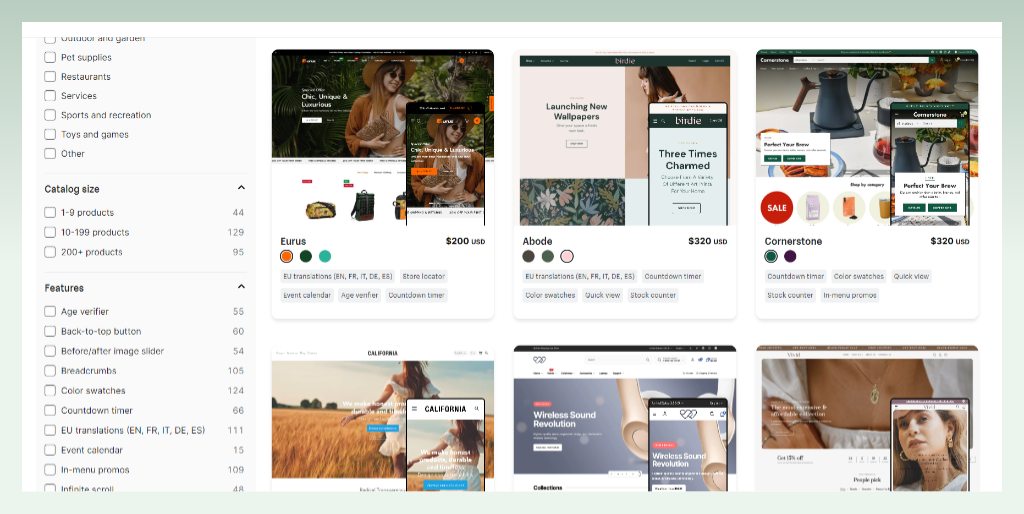
2.5. Add your products and collections
This is the most crucial step when selling online on whatever platform. To attract customers who have an eye for a good appearance, do not upload low-quality images to illustrate items. Instead, let’s invest your time and effort to create clear and professional ones for a captivating online store.
After that, provide users with a detailed description of each product, such as the size guideline, the best-selling colors, the price, and the available stock. To set up a suitable price, the total cost to sell clothes on Shopify. To answer the question, note all expenses when operating your business, such as costs of products, employees, shipping methods, etc.
To enhance your user experience, ensure you have a navigation bar with clear categories. This process requires logic to put related products into a collection. With insightful words and precise classification, your offerings have a place in shopping carts for sure!

2.6. Setup gift cards and discount codes
To compete with other stores, remember to set up gift cards and discount codes in your strategy. This technique is a gateway to not only attract new customers but also gain more customer loyalty.
It’d be better to conduct market research to understand the range of similar products. Then, with the information in hand, consider bringing a program that can balance your store’s value and your customers’ affordable ability.

2.7. Set up payment options
The payment option is one of the essential factors that have an impact on the check-out process. To ensure the customer’s convenience, we suggest offering multiple payment methods, such as credit cards, Shopify Pay, PayPal, ApplePay, or even shipping COD. It is important to underscore that all customer data will be secure and protected with a strict policy. By aligning your online store with these principles, shoppers will trust and have repeated purchases in the future.
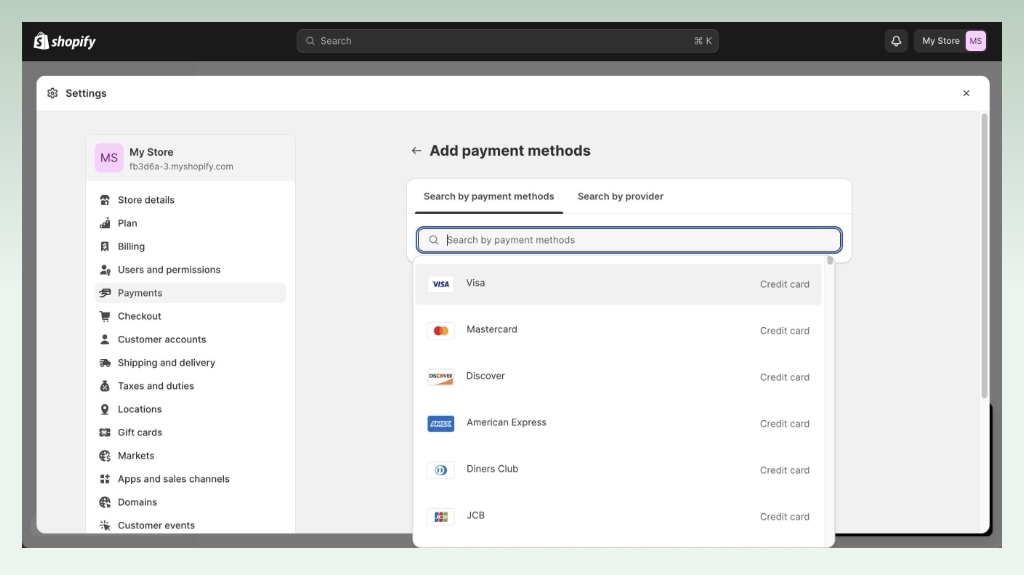
2.8. Set up shipping options
For a smooth fulfillment process, having an excellent shipping method can give you a great advantage in selling clothes online. To set up the shipping options for your customers, follow these approaches:
- Go to the admin page on Shopify
- Scroll down and click “Setting” on the left corner
- Click the “Shipping and delivery” section on the toolbar
- Customize your shipping information for different zones
For sellers located in the US and Canada, Shopify Fulfillment Network can be a good pick. In another way, you can also partner with other third-party suppliers for a more efficient fee. With these integrations, you can track and let all the work automatically be done. As long as an order is placed, they will package and deliver it to the customer’s doorstep.
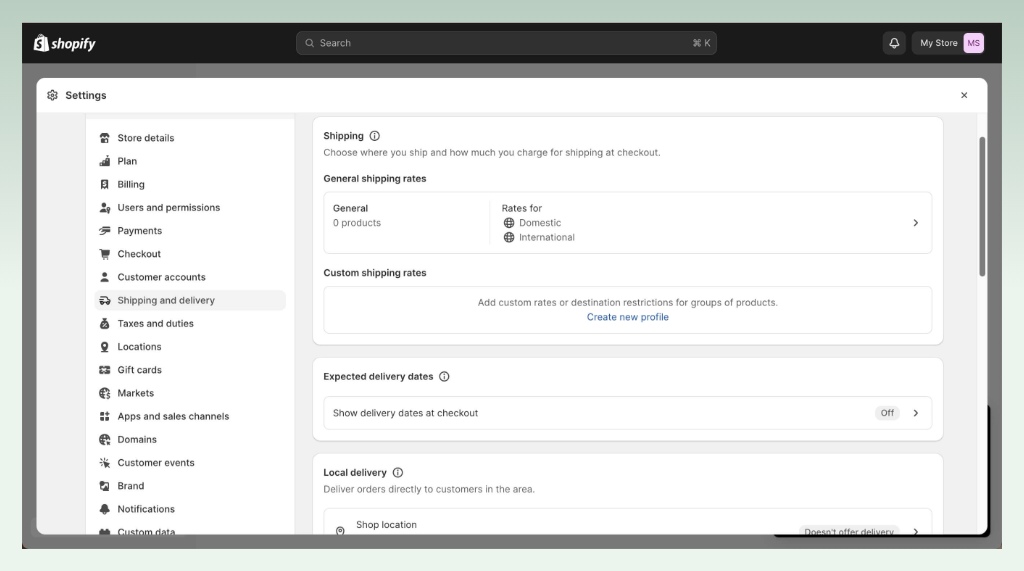
2.9. Market your clothing store
The fact that your store will not be noticed when it does not appear on other online platforms. As a result, to reach more and more buyers in this digital world, think about marketing your apparel with email marketing, SEO, social media, and sale channels. With suitable approaches, this process can bring more leads and traffic to your website. However, if you do not have expertise in this field, you can also explore some Shopify apps that support marketing.
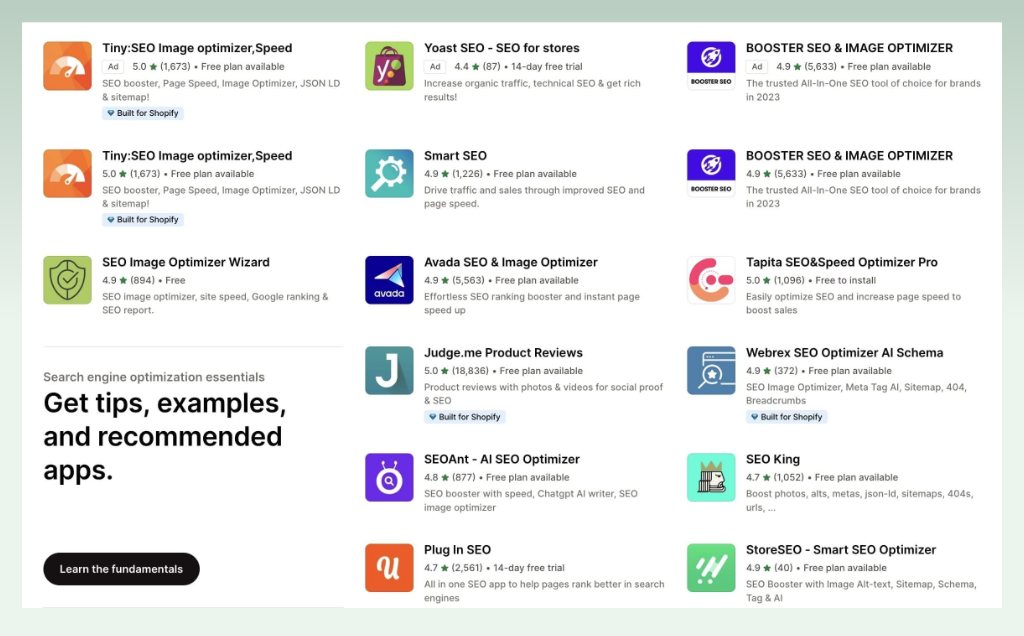
To collect the email addresses of your customers, take advantage of some marketing tactics on your website. These may include pop-up notifications with promotional information or well-positioned call-to-action buttons. If customers find them interesting, they will leave the email to your customer relationship management (CRM).
So, take this opportunity to build a close relationship with customers through the power of language. Newsletters, exclusive promotions offers, notifications of new product arrivals, congratulations for their purchasing anniversary, etc., are impactful messages that can be sent to them. However, do not overdose on this technique if you don’t want to get a reverse effect.
Search Engine Optimization
Search engine optimization (SEO) is a valuable strategy to drive organic traffic to your online store. The first action is to plan and conduct your target keywords via reliable tools like Google Keyword Planner, Ahrefs, Keyword Tool, etc. To do this stage efficiently, do not ignore your competitors’ work. Let’s conduct some research and then create your own SEO strategy.
After that, make use of them to optimize every small segment on the website, including your homepage, product description, blogs, etc. This is a continuous practice that requires regular updates to bring rich content as well as keep up with the industry trends.
Social Media
In addition to taking care of your web store, pay attention to networking on social media. People are now using social media as a part of their lives to update news, chat with friends, or just simply entertain. As a result, this is the perfect medium for advertising your products to target customers.
To begin, interact with your potential customers by signing up for your business accounts on Facebook, Instagram, and Pinterest. Then, create a topic for discussion, provide them with helpful information, and reply to their comments to get more engagement. If you have a higher budget, consider collaborating with influencers to bring sales as well as boost your brand identity.
Sale Channels
To extend your business and obtain more sales, do not limit your ability to showcase your products in just one place. Instead, bring your clothes to marketplaces such as Amazon, Etsy, eBay, etc. These platforms allow customers to compare the price and read genuine reviews in a non-biased way. Therefore, once your performance on sales channels is good, you will accordingly be surprised by the results they bring.
To integrate these sale channels into your online clothing store, simply find them on the Shopify app stores. Whether you want to find ones on social media or other third-party apps, install them directly and let them help you succeed. Shopify does not limit the integrations into your online store. However, ensure that the selections are not incompatible with each other to provide your business with the best support!
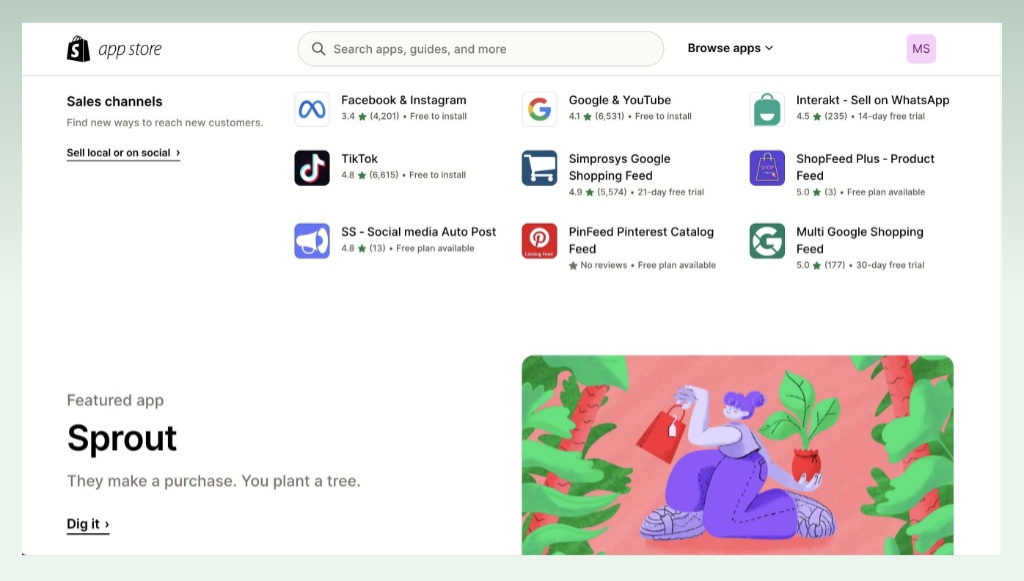
2.10. Check your store analytics
In the next action, businesses should pay attention to reports and analytics to identify the right market segment and product. Therefore, knowing the results and performances of your store is an important step on your success journey. As such, you will acknowledge the most optimized way to implement your online clothing store.
By using data-driven, you can make the right decision to invest in efficient channels, whether their purpose is to attract new buyers or build customer relationships. Besides, together with the statistics on traffic, sales, customer demographics, industry trends, etc., you may detect and update features that have poor performance.
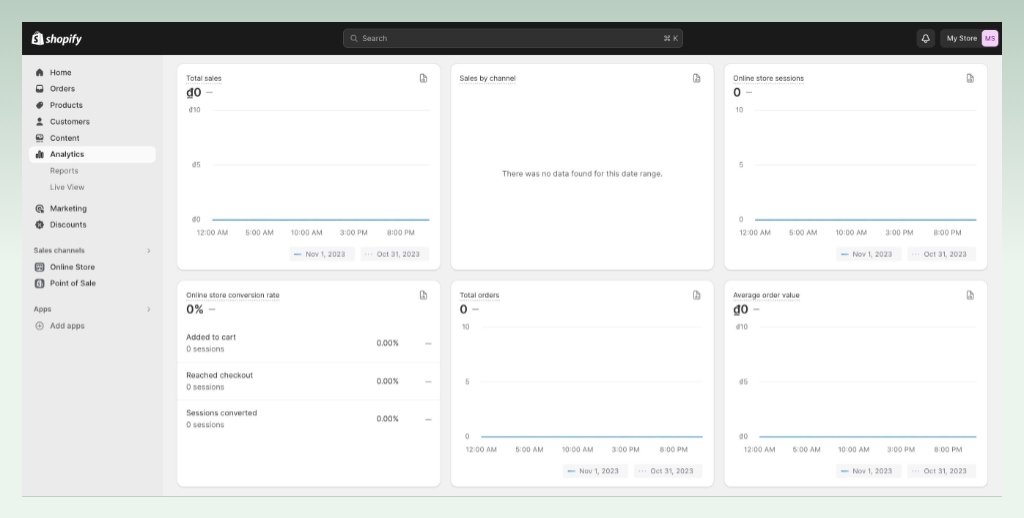
Pro tips: Sellers who are building their online stores on Shopify can consider its built-in analytics tools for the fastest setup.
2.11. Setup return & exchange plan
Here is the final step that may be overlooked when it comes to starting an online clothing business. When providing your customer with a high-quality package together with hassle-free return and exchange service, you are building your brand with a positive reputation.
To better handle client questions and requests, try forming a well-structured and customer-friendly policy on your website. It should include conditions, a timetable, transparent associated fees, and some frequently asked questions.
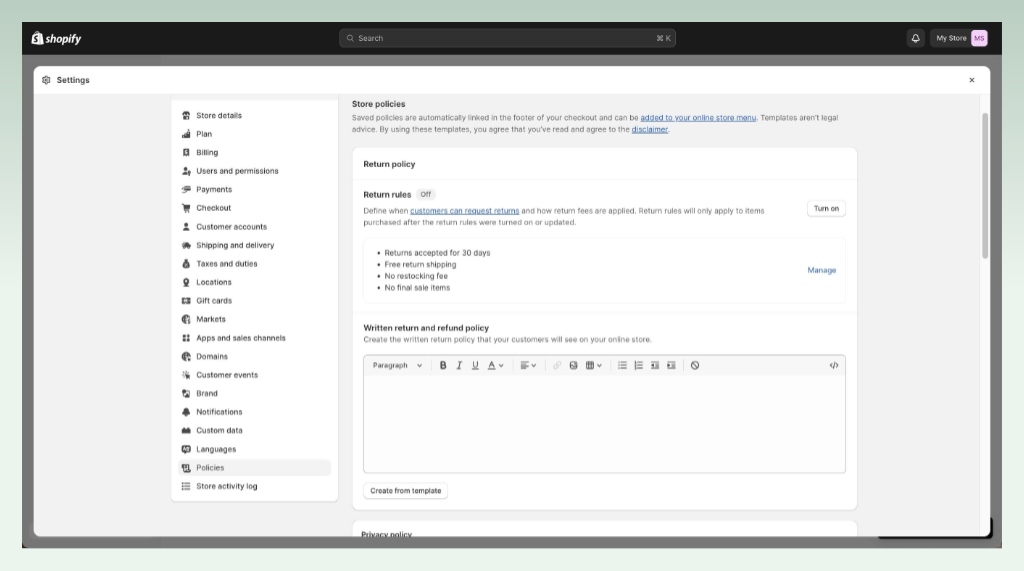
3. Shopify clothing store examples
To truly grasp the potential of how a well-planned online platform can be successful in the fashion industry, explore these fashion eCommerce examples below.
3.1. Aday
Aday, located in the US, is a women’s brand focusing on minimalism, versatility, and sustainability. To become the leader in an area, the business invests in SEO with a number of blogs on various topics. Its contents include everything from step-by-step tutorials to seasonal trending fashion guides. To bring the insightful message to target audiences, Aday also has a social impact program that supports education and environmental causes.
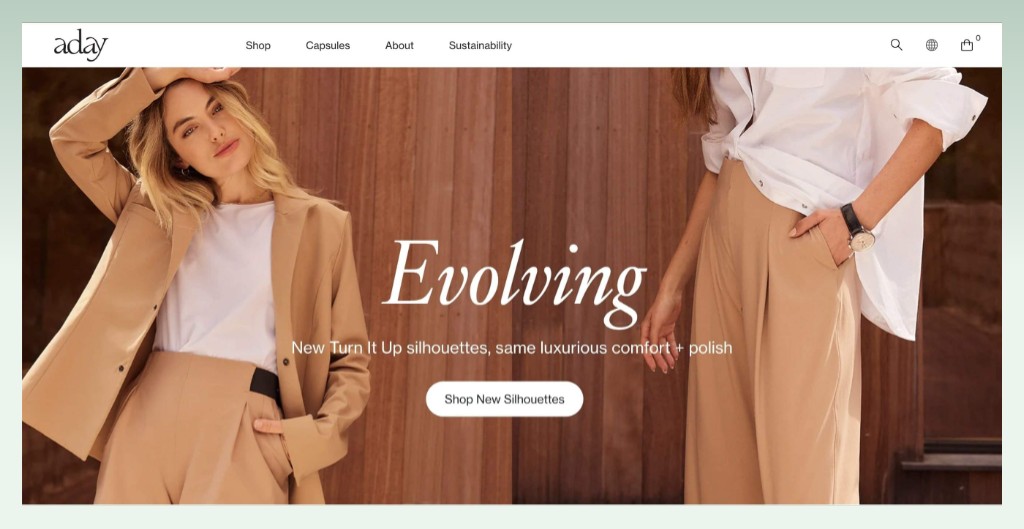
3.2. Kotn
Kotn is a fashion brand based in Canada. Its products are made in the Nile Delta with 100% Egyptian cotton. The one feature that makes it stand out from other clothing stores is its page speed. There is a belief that a 0.1s improvement in loading speed can raise 8.4% conversion rates on your website. Besides, this business also funds schools and literacy programs in rural Egypt, which brings goodwill feelings to customers.
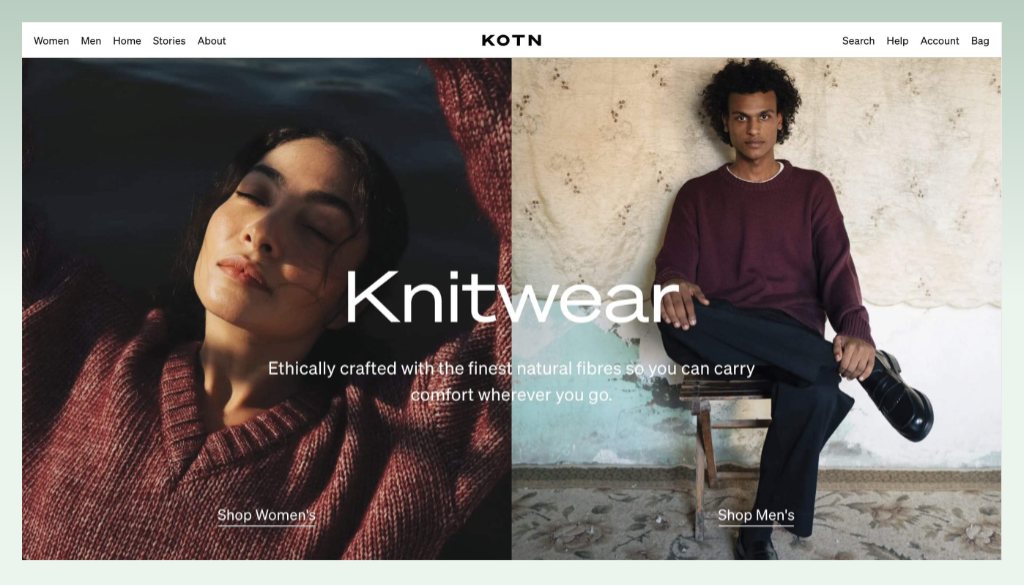
3.3. Tecovas
Tecovas is an American brand that has a make business model. It provides handmade apparel for men and women in the cowboy style. What makes this business outstanding is its excellent UX UI on the web store. By using lifestyle photography, high-quality images, and impressive text, users will feel comfortable and love to stay on the website.
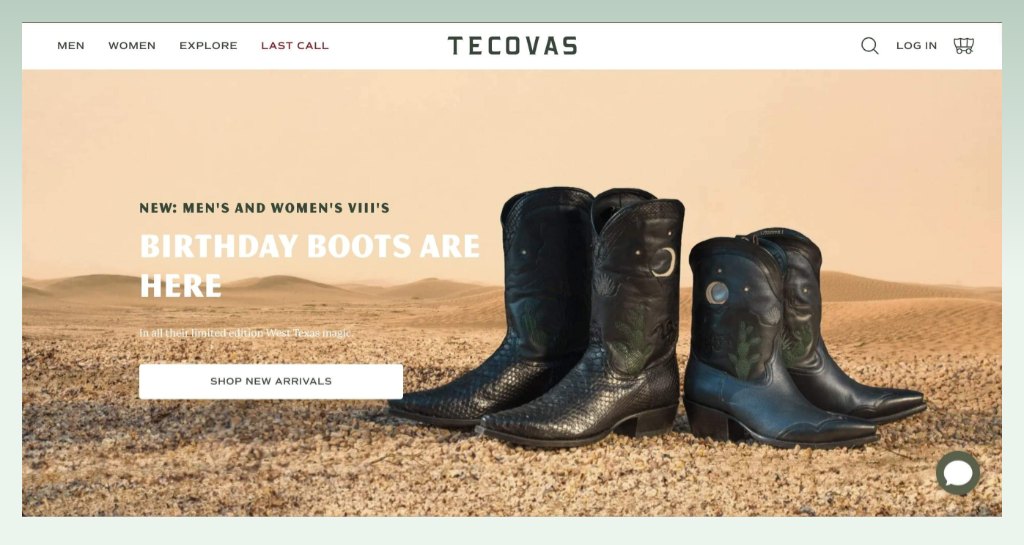
3.4. Alo
Alo is a famous brand of yoga and fitness fashion based in Los Angeles. It aims to inspire wellness and positivity via its products and content on the website. By implementing the customer loyalty program, the business encourages customers to try their new products continuously. That’s how it can increase repeated purchases and become the leader in the niche.

4. Conclusion
As your entrepreneurial path begins, Shopify is a reliable platform to create your standalone online shop. With those 11 step-by-step guides above, we hope you now have gained valuable insights into how to sell clothes online on Shopify. By following this strategy, you may now get your first sale by doing what you love with minimal risk. Besides, do not forget to leverage the support apps available to make your life easier. Success awaits those with a big dream and a spirit of determination!


